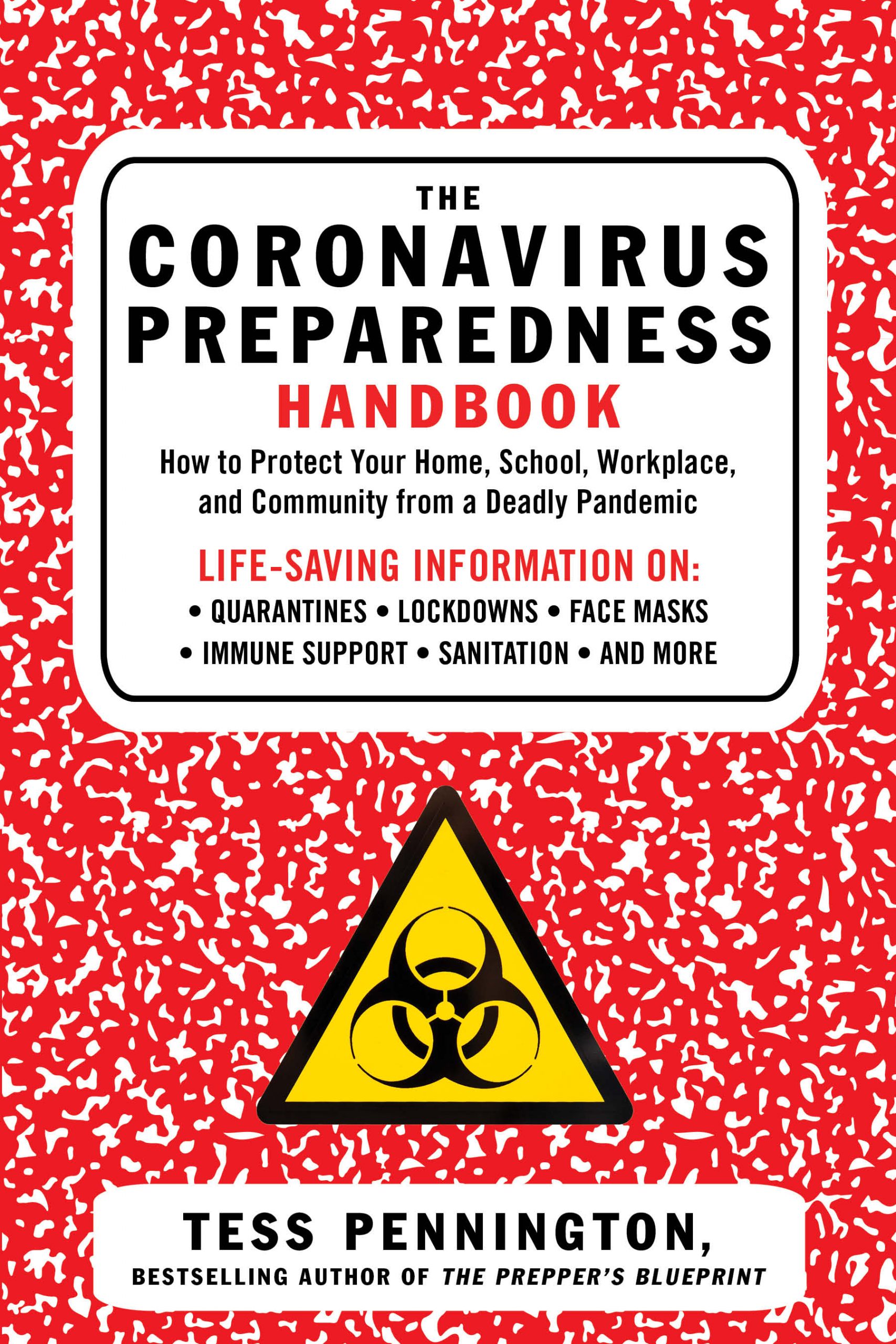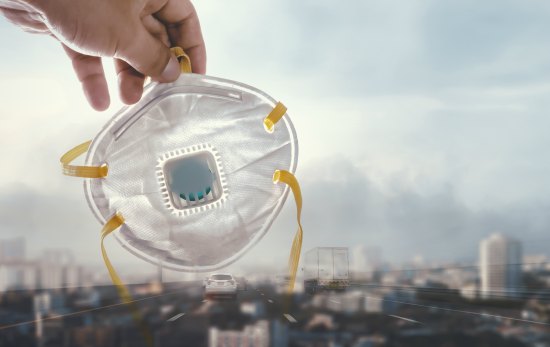The first case of coronavirus or COVID-19 from an ‘unknown origin’ has suddenly made this biological phenomenon all the more real, thus causing many to open their eyes to the reality that they need to prepare for the long-haul. ‘Unknown origin’ means the person did not recently travel to a foreign country or have contact with a person known to have the virus. Officials are not providing specifics on where in Northern California the person is from only that the person is from Solano County and is being treated in a Sacramento city hospital.
WHAT DOES THIS MEAN?
Many have scrutinized government and health organizations claiming they have not done enough to prevent the spread of this contagion and now with the first community-acquired case of COVID-19 in the United States, this means we can no longer trace who is passing it to who. In short, it could be everywhere.
At this time, the patient’s exposure is unknown. It’s possible this could be an instance of community spread of COVID-19, which would be the first time this has happened in the United States. Community spread means spread of an illness for which the source of infection is unknown. It’s also possible, however, that the patient may have been exposed to a returned traveler who was infected.
This case was detected through the U.S. public health system — picked up by astute clinicians. This brings the total number of COVID-19 cases in the United States to 15. (Source – CDC)
As cases continue to increase in multiple countries, doctors are still at a loss at how this virus is spread, how to treat it, and how to prevent it. They are relying on insufficient and unreliable tests to diagnose patients with COVID-19. According to this source, “there are concerns about the accuracy of the laboratory tests used to confirm diagnoses. Reports suggest some people test negative up to six times even though they are infected with the virus, according to the BBC and Chinese media.” These false-negative test results could be one of the reasons why the community-acquired case has occurred and why many more could follow. Further, one woman is reportedly diagnosed for a second time with having the coronavirus weeks after she had it the first time. The point of all of this is, no one has any answers.
Compounding to this already alarming world event is the confusion that is occurring in hospitals. There is simply not a reliable mitigation plan set up to accurately diagnose and track cases. Changing definitions of what constitutes a confirmed case of COVID-19, and overdiagnosis and misdiagnosis of the illness make it difficult to determine the real number of those affected. As well, Health and Human Services officials raised alarms Tuesday on a potential shortage of personal protective equipment, which includes respiratory masks and ventilators. You can read more about that here. If health facilities are concerned over a lack of medical supplies, you should be concerned too.
WHAT TO EXPECT
According to Nancy Messonnier, MD, director of the CDC’s National Center for Immunization and Respiratory Diseases, in a press conference, “Until this point, the CDC’s goal has been containment and to slow the spread of the virus, but the strategy will soon have to switch to mitigation. The most important tools we have for that are non-pharmaceutical interventions,” said Messonnier. These include individual, community, and environmental measures that range from closing schools to self-quarantine to canceling mass gatherings in public spaces, she said.”
It is unknown if the spread of this virus will be slow or fast. What we do know is that local and state governments are preparing for the fact that the spread will continue and cause a dramatic shift in how communities operate.
 Many wonder what to expect during a virulent outbreak. Because many health officials feel they are in “uncharted waters” with the new virus strain, there will undoubtedly be breakdowns in communications, supply chains, payroll service issues, as well as, healthcare staff shortages.
Many wonder what to expect during a virulent outbreak. Because many health officials feel they are in “uncharted waters” with the new virus strain, there will undoubtedly be breakdowns in communications, supply chains, payroll service issues, as well as, healthcare staff shortages.
Outlined in The Coronavirus Preparedness Handbook, to assist communities in planning for a pandemic, the Federal Government has developed a Pandemic Severity Index. This index assists the government in gauging the severity of the epidemic based upon the number of fatalities. If the government sees fit, they can activate pandemic mitigation measures.
Some of these measures include the following:
- Isolation and treatment (as appropriate) with influenza antiviral medications of all persons with confirmed or probable pandemic influenza. Isolation may occur in the home or healthcare setting, depending on the severity of the individual’s illness and/or the current capacity of the healthcare infrastructure.
- Voluntary home quarantine of members of households with confirmed or probable influenza case(s) and consideration of combining this intervention with the prophylactic use of antiviral medications, providing sufficient quantities of effective medications exist and that a feasible means of distributing them is in place.
- Dismissal of students from schools (including public and private schools as well as colleges and universities) and school-based activities and closure of childcare programs, coupled with protecting children and teenagers through social distancing in the community to achieve reductions of out-of-school social contacts and community mixing.
- Use of social distancing measures to reduce contact between adults in the community and workplace, including, for example, cancellation of large public gatherings and alteration of workplace environments and schedules to decrease social density and preserve a healthy workplace to the greatest extent possible without disrupting essential services. Enable institutions of workplace leave policies that align incentives and facilitate adherence with the nonpharmaceutical interventions (NPIs) outlined above.
WHAT TO DO
Here’s an important factor to consider: You want to have all supplies and a plan in place before the virus spreads out of control and before government officials force mandatory quarantines. Once the signs start to appear, it may already be too late to start stockpiling supplies because panic-buying will be the order of the day. We’ve already seen this with major internet suppliers of medical gear, who report that their inventories have been nearly cleaned out. The same will happen on a local level.
In this type of disaster, you need to prepare for the likelihood of living in an off-grid setting with the supplies in your home for at least a month. That’s the bare minimum. If you have the means to do it, consider a longer-term preparedness plan like the one we’ve outlined in The Prepper’s Blueprint, which is designed to provide for your family for an emergency lasting in excess of six months or longer.
If you do not have the necessary supplies, you will be ill-equipped to survive this disaster. You’ll want to concentrate your efforts on the essentials first. Emergency food supply stores and showing limited quantities in food products, so if you don’t have any Meals-Ready-To-Eat (MRE), freeze-dried foods, and dry goods stocked up in 5-gallon containers, you want to consider stocking shelf-stable foods that have the capacity to last long-term. Here are 25 must-have survival foods you can buy at the store and 25 healthy foods to put in your preparedness pantry.
Water will also be a must for you to store or having a way to treat the water. Think about it for a second. There could be a chance that utility workers may stop showing up for work and that means the constant flow of water in your home stops too. Other critical yet often overlooked preparedness considerations for a self-quarantine scenario includes alternative lighting, sanitation, alternative cooking, and energy needs.
Time is of the essence, and preparation is key.
For more pandemic preparedness resources, click here.
This article was originally published at Ready Nutrition™ on February 27th, 2020








Sounds like feeding fear.
Utilities will not stop, as bad as it is in china utilities are still
functioning just fine.
The single death here in the US so far 2//29/20.
Not a world killer, I suppose unless your really
old, or serious health issues.
Anyone already into prepping should already have what they need
not running like the typical people of wallmart.